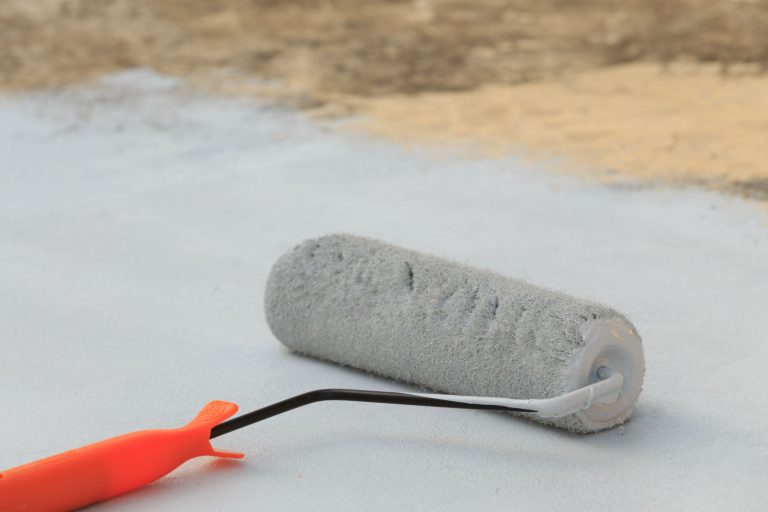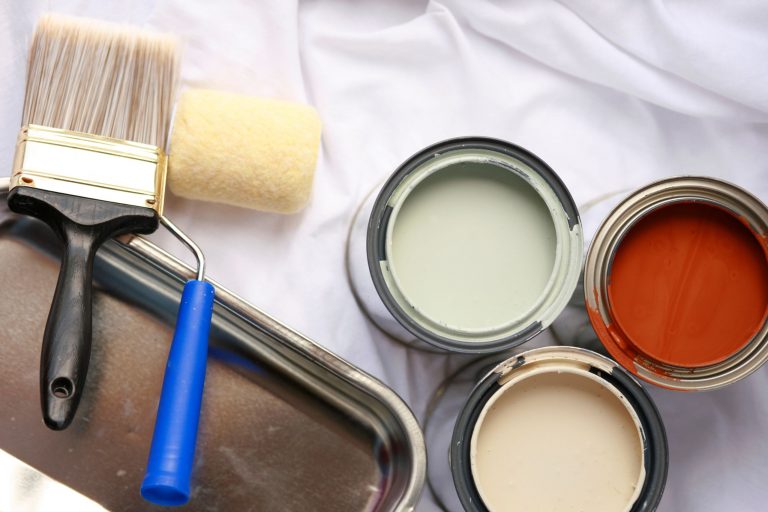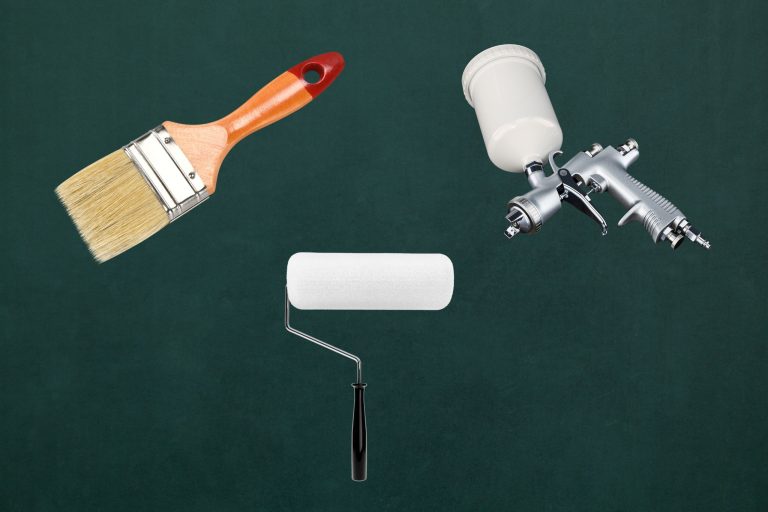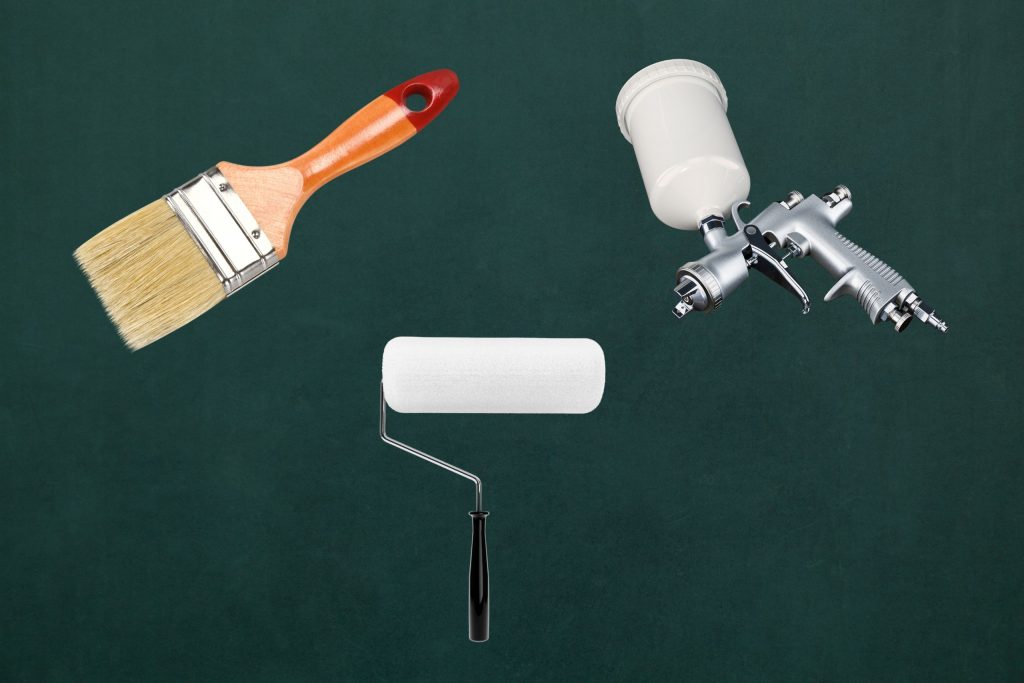
The choice of painting tools determines the quality of finish in every painting project. The tool one employs will significantly influence the quality and efficiency of the results whether one is working on a furniture upcycle, cleaning a room, or beginning a huge outdoor job. Every painting tool—brushes, rollers, sprayers—offers certain advantages appropriate for different surfaces, paint types, and project size. For exact work, for example, paint brushes provide control and precision; rollers cover large areas fast and evenly. On the other hand, sprayers might provide a neat, businesslike appearance free of any labor involved. Knowing the specific benefits and applications for every object allows individuals to make sensible decisions based on their need. Analyzing their advantages and greatest use cases, this paper will assess three well-known painting tools to help readers choose the best one for their project.
Paint Brushes: Precision and Control
Paint brushes have several benefits, especially for precisely and under control painting. Perfect for complex uses, they shine in reaching thorough regions like trim, edges, and corners. The fine hairs of a paint brush enable artists and do-it-yourselfers to easily negotiate difficult surfaces, therefore allowing for exact work.
Paint brushes can provide with more control for complex patterns or smaller areas. When performing difficult patterns or delicate artwork, where even little mistakes may affect the whole look, this degree of accuracy is very vital. Further improving the quality of the final output is the capacity to control paint application quantity and method employed.
Still, paint brushes have some drawbacks. Larger projects get less from the application speed than from other tools like sprayers or rollers. Brush markings are probably what one desires a smooth finish from, hence further sanding or touch-ups might be necessary. Paint brushes are a required tool for challenging painting projects even if they have few shortcomings as they provide control and precision.
Paint Rollers: Speed and Efficiency
Paint rollers are a typical choice for fast and efficient coating of large, flat surfaces like walls and ceilings. Their shape lets paint be applied quickly, therefore accelerating the painting process in relation to conventional brushes. Many paint is absorbed by the large, flat surface of the roller, allowing users to cover more land in less time.
Among its obvious advantages is paint rollers’ ability to provide equal coating. The roller nap guarantees a consistent paint dispersion, therefore producing a smooth finish over more extensive regions free from the streaks often linked with brushes. This consistency helps to reduce the necessary coatings particularly for large-scale projects.
Still, one should consider some constraints. Reaching corners and edges—which usually demand for the precision of a brush—can test paint rollers. By increasing reach and leverage, using an extension pole may assist one overcome this and therefore aid to control the roller in limited regions. Despite several little drawbacks, paint rollers are a superb option for quick and efficient wall and ceiling painting; both professional and do-it-yourself painters really adore them.
Paint Sprayers: Smooth, Even Coverage in Less Time
Paint sprayers have become very popular for both do-it-yourself and professional jobs because of their effectiveness and efficiency. One main benefit of paint sprayers over traditional brushes or rollers is their fast coverage of large areas, therefore greatly reducing the required application time. This ability is especially useful for big surfaces such walls, fences, and ceilings where a smooth, even finish is sought.
Paint sprayers also accentuate surfaces with plenty of roughness or intricate designs. Reaching into gaps and curves, their delicate mist assures total coverage devoid of brush marks or roller lint. This improves their visual appeal and facilitates general efforts toward a professional appearance.
Still, covering nearby regions with sprayers—like overspray—which can need for suitable masking and prior preparation presents great difficulties. Wearing masks and goggles allows users to also shield themselves from particle and breathing paint fumes. After use cleaning the sprayer might be more challenging than with traditional methods and need for total disassembly and rinsing. Despite these challenges, many chose paint sprayers for their time economy and even coverage.
Choosing the Right Tool for the Job
Selection of the right instrument for a painting work depends on task size, surface type, and target finish. Brushes are ideal for extensive work—including trim, edges, or complicated furniture jobs. Their precision allows a flawless application in small areas, therefore guaranteeing a gorgeous finish.
For rollers, covering larger wall surfaces fast and efficiently comes easily. Excellent for flat or moderately textured surfaces, they provide a uniform coating with less effort than a brush. Projects like painting a full room, when time is a major issue, gain much from rollers.
Sprays are great for big tasks or uneven surfaces like textured finishes or outside walls. Their uniform covering over large areas and difficult forms helps to greatly decrease application time. Sprays also assist immensely if furniture is to have a smooth, factory-like finish.
The exact need of the project will decide the suitable tool to use. A brush is the tool of choice for detail and precision. For efficiency and rapidity on walls, a roller is recommended. For large, difficult areas, a sprayer offers excellent coverage and finish.
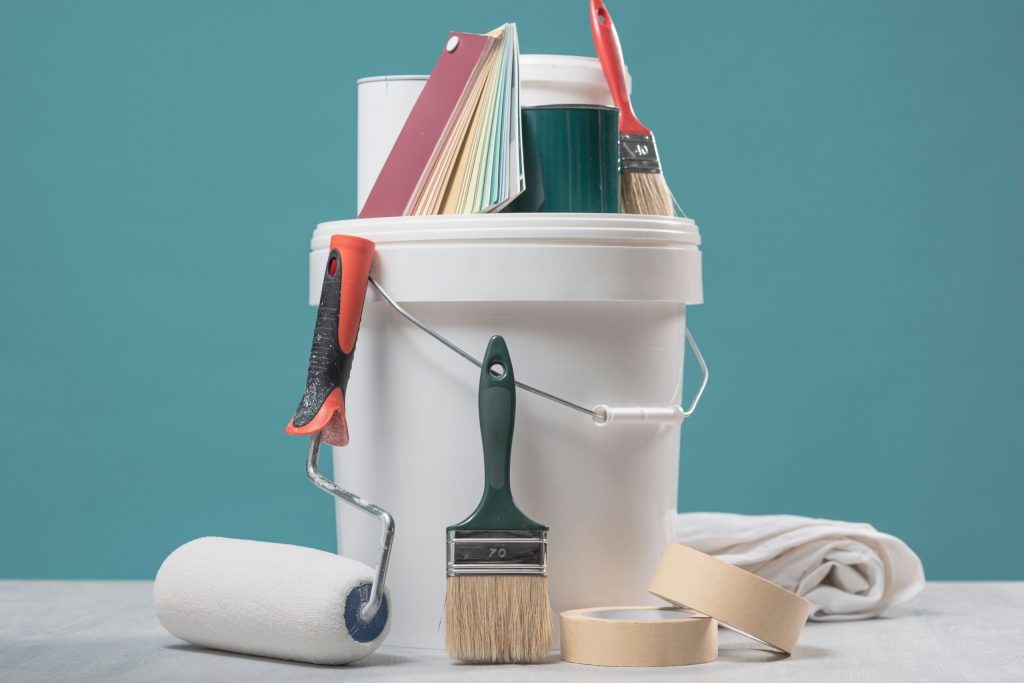
Conclusion
It is evident from evaluating the many painting tools and equipment at hand that each has benefits and drawbacks mostly depending on the size of the job and the intended results. For smaller jobs, brushes and rollers may provide a personal touch and convenience of use, allowing for thorough work; yet, for large areas they might require more time and effort. Spray guns may also provide a perfect finish and significantly speed up the procedure on big surfaces; yet, they may cause overspray and need for suitable ventilation. Both approaches have advantages as the appropriate instrument relies on the size of the project and personal inclination. Readers should evaluate their own demands and form appropriate conclusions to guarantee a competent, quick, and interesting painting experience. They are urged to investigate ideas on the “Tool and Equipment” blog further as a lot of material there might assist to identify the ideal options for their painting jobs.

